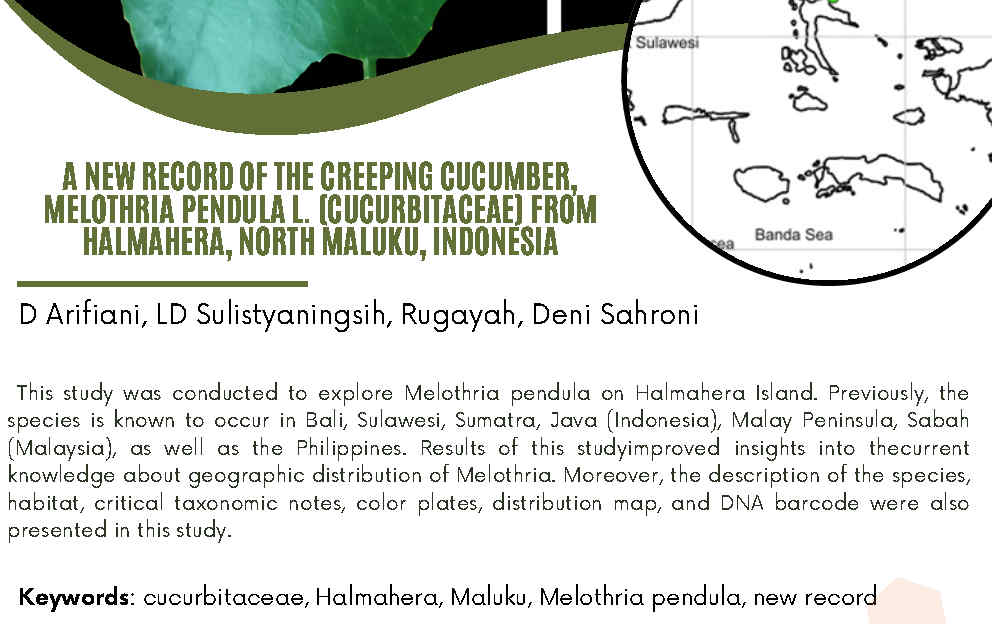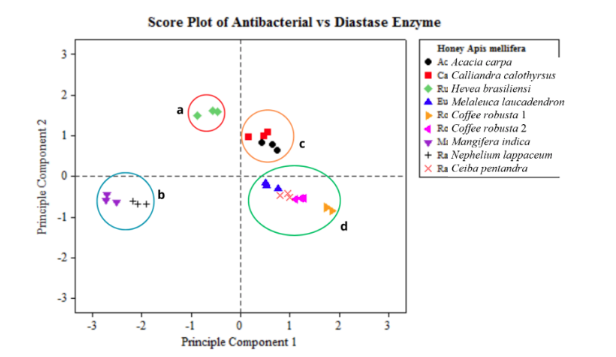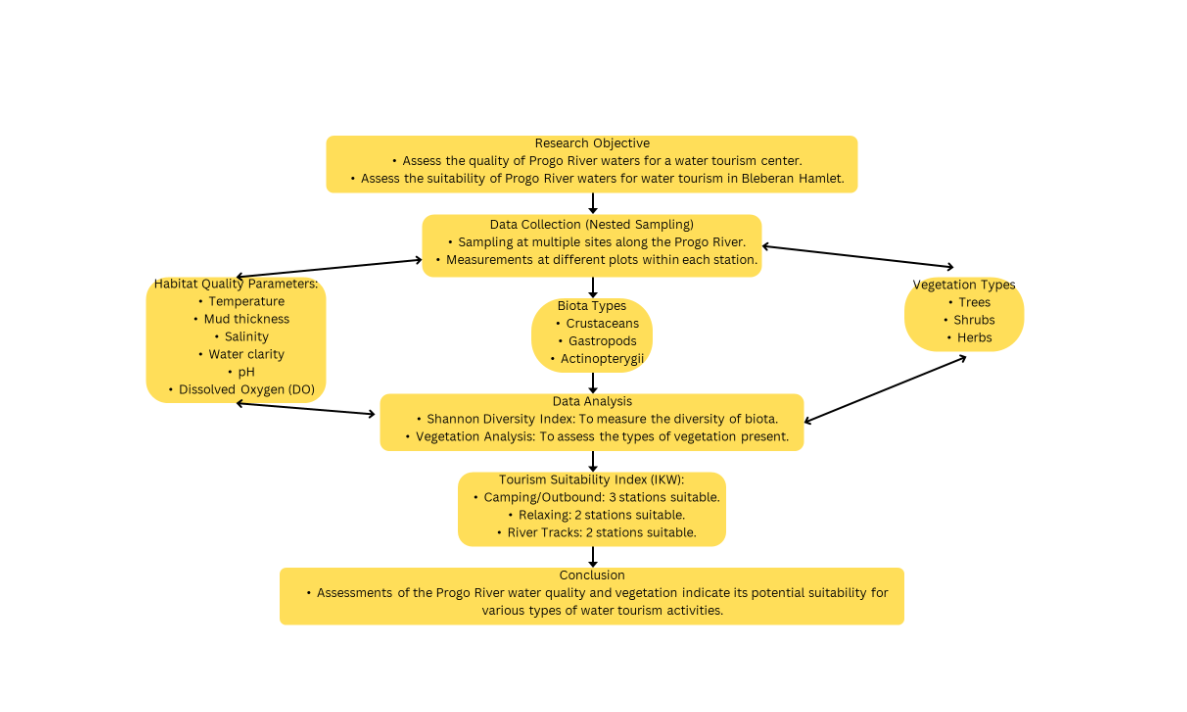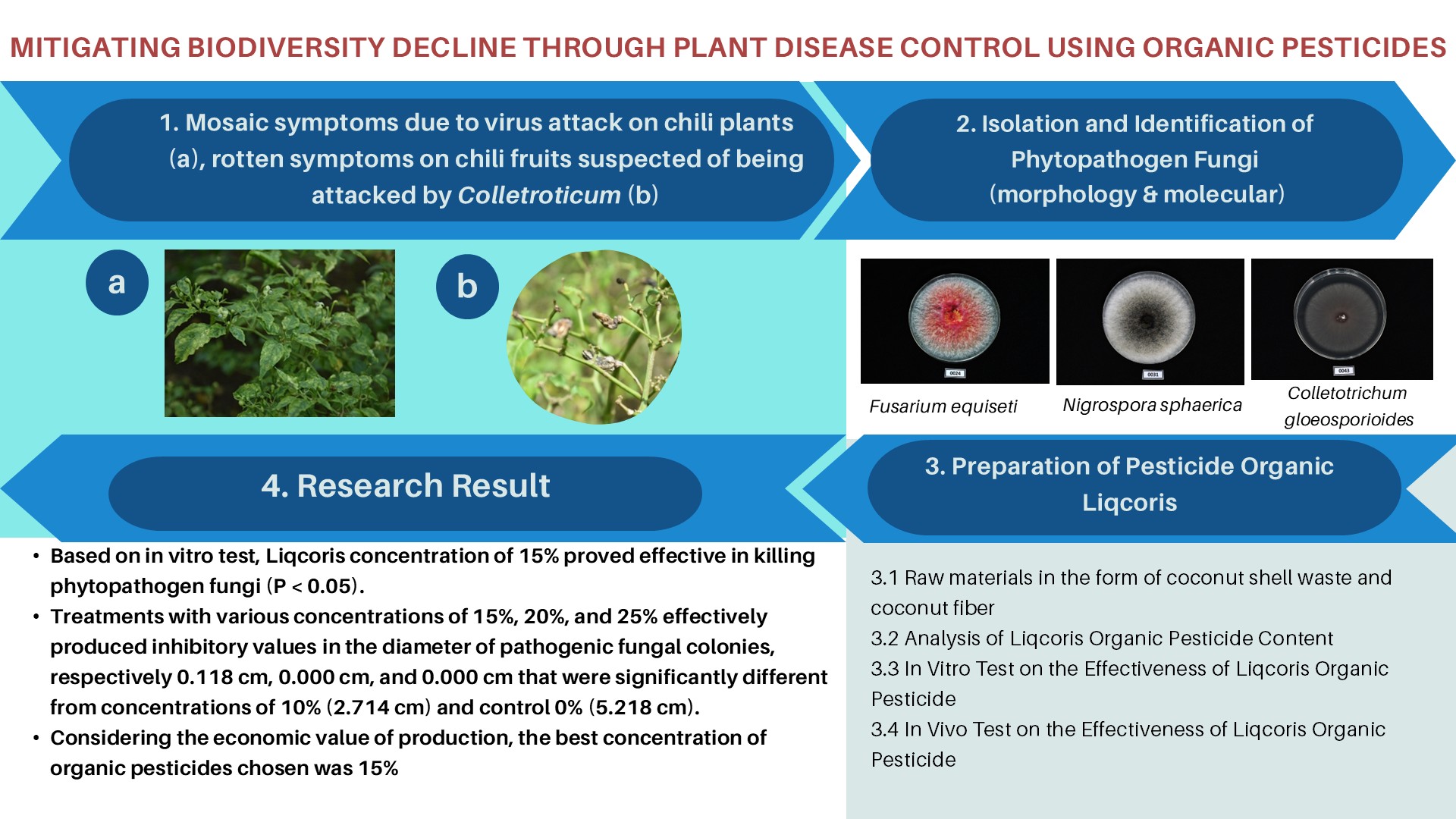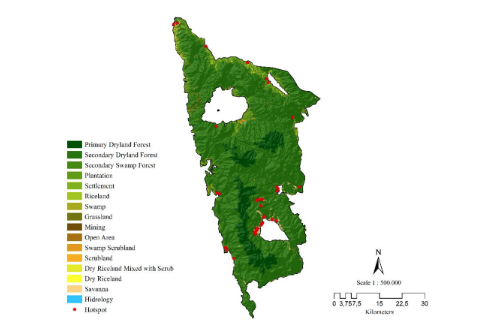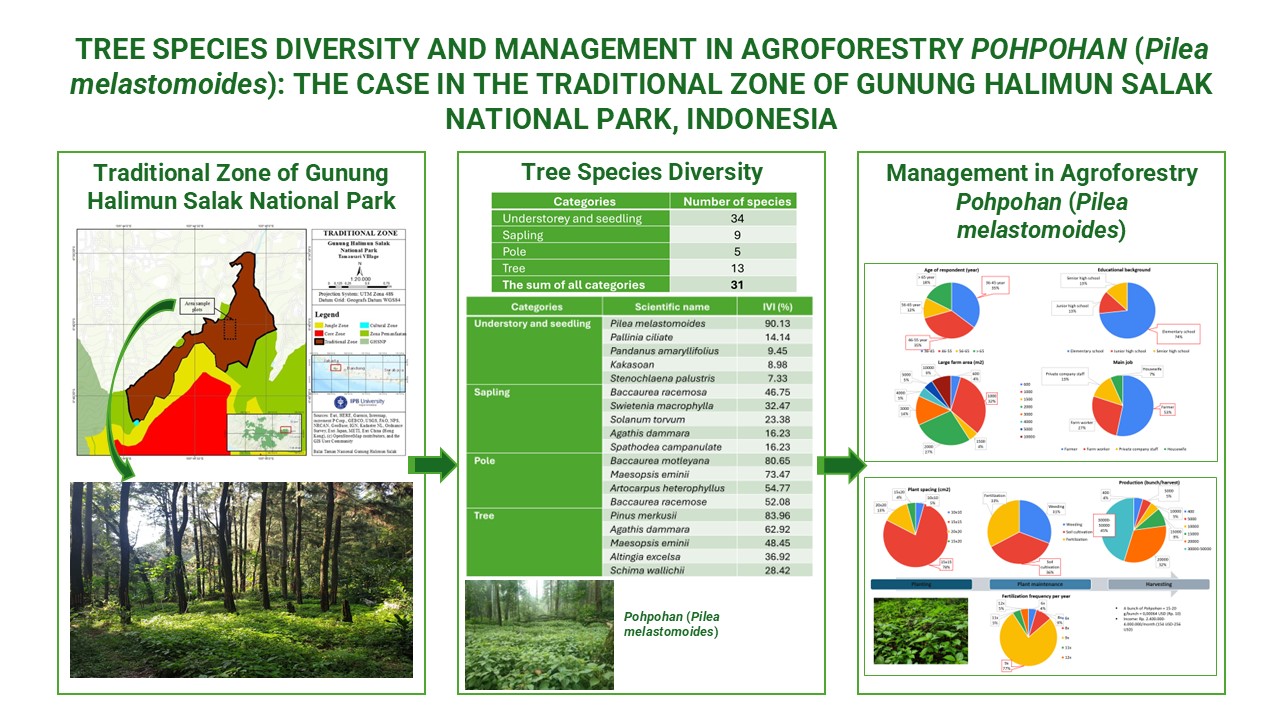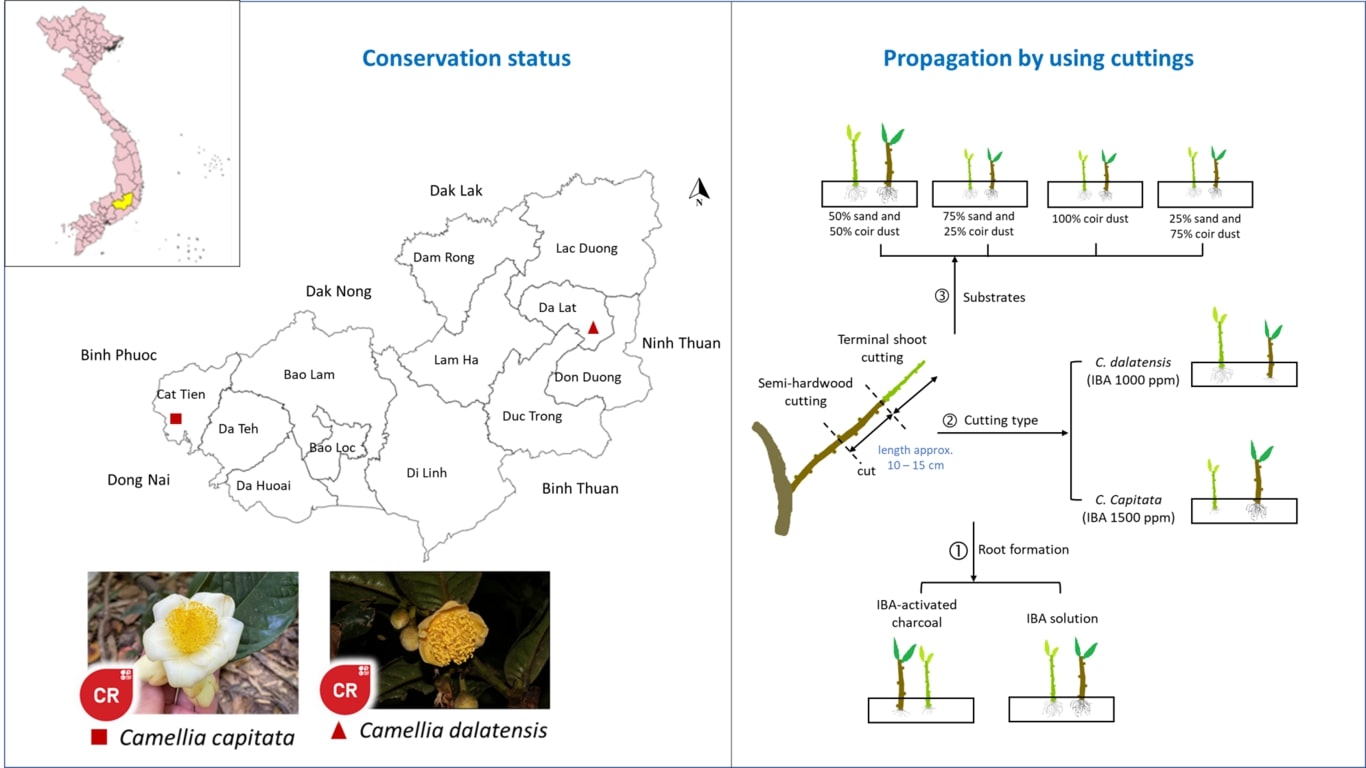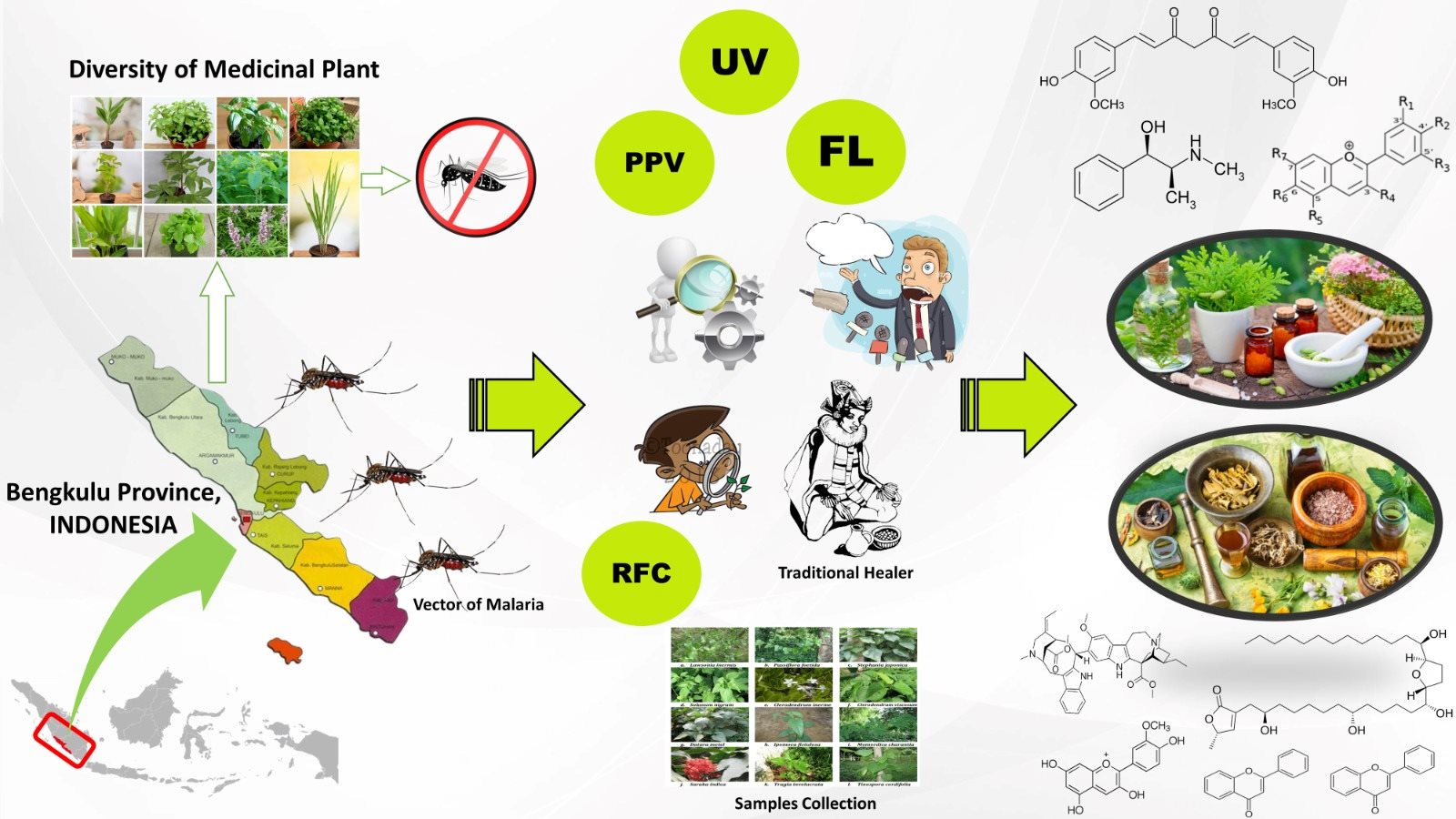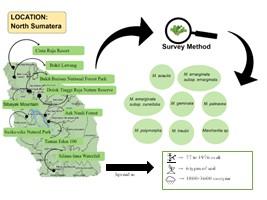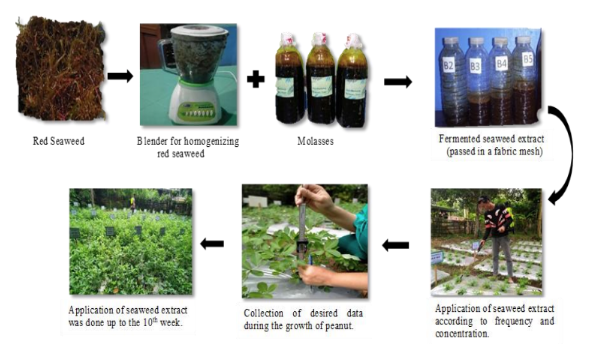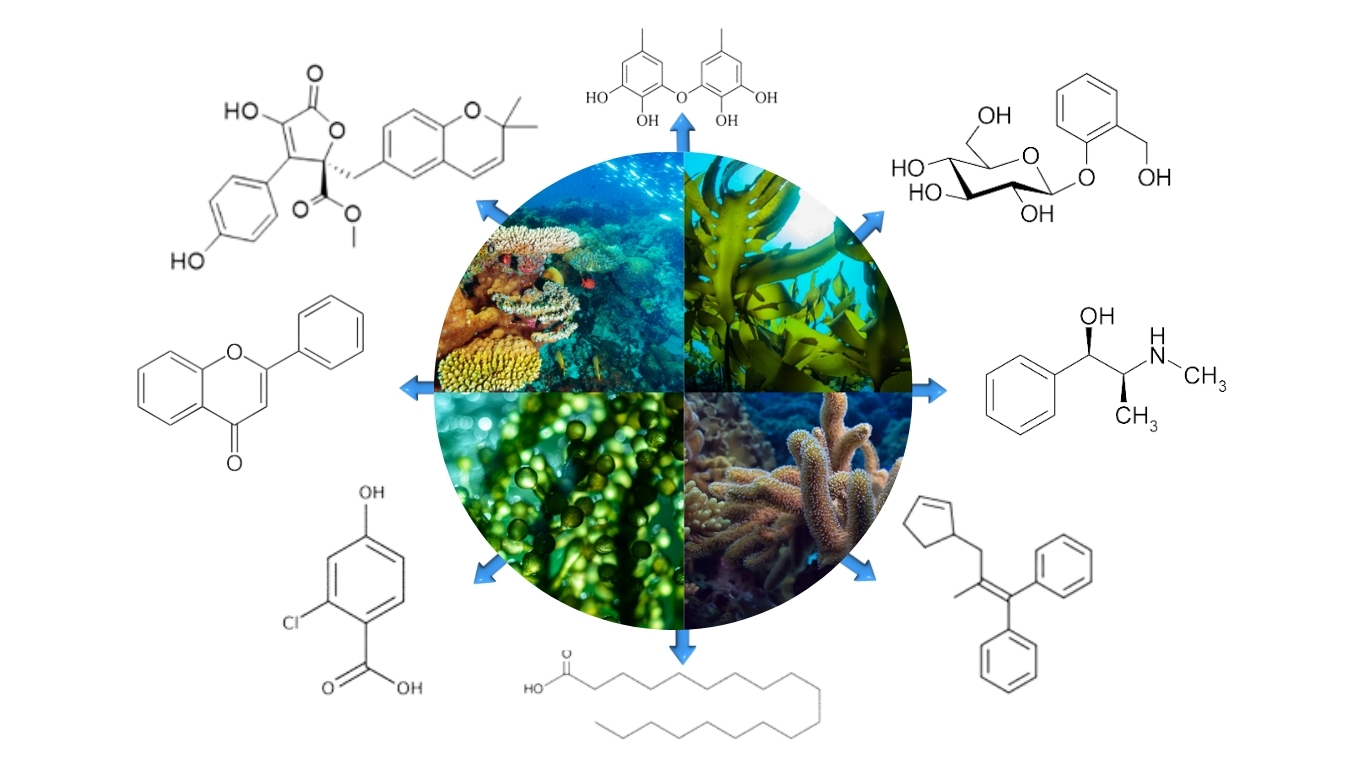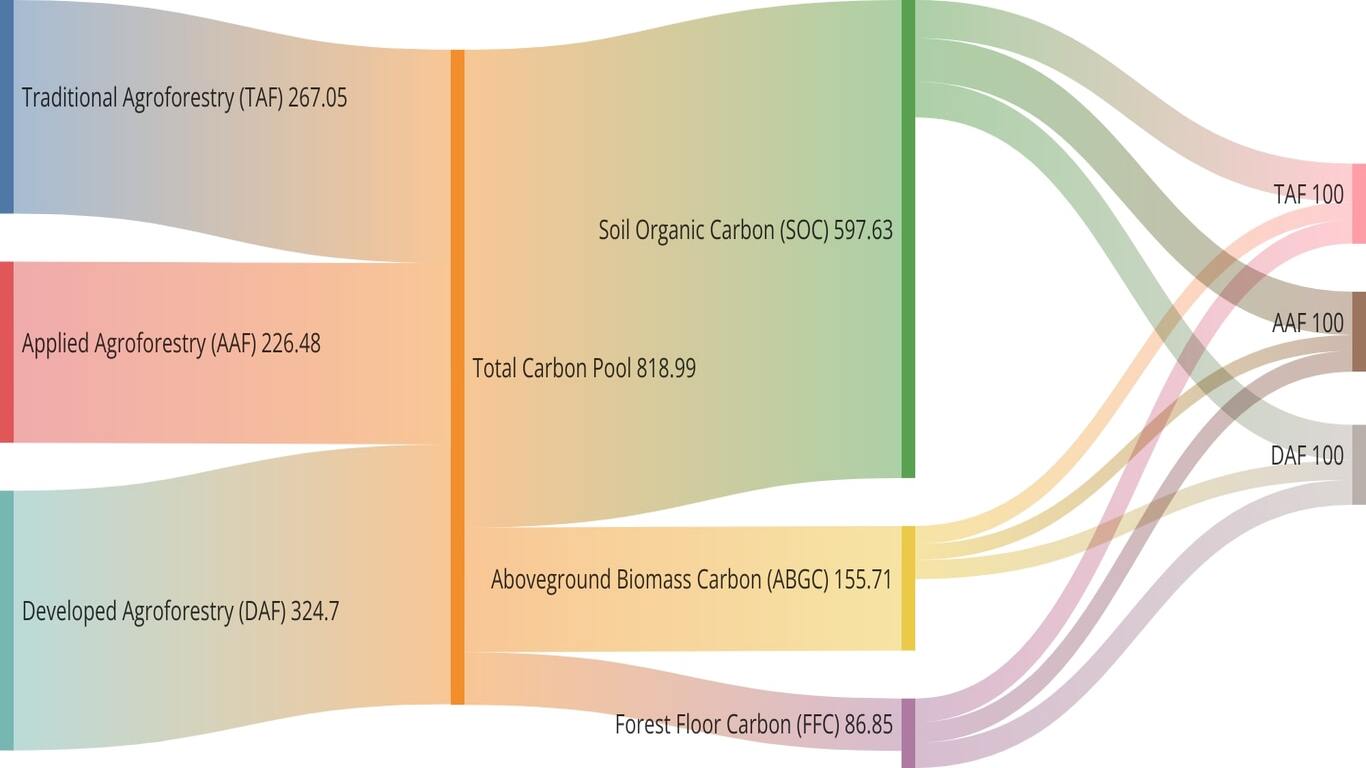POTENCY OF YEAST AS A BIOCONTROL AGENT OF OCHRATOXIN A-PRODUCING FUNGI AND ITS EFFECT ON ARABICA COFFEE TASTE
Downloads
Downloads
Atmawinata O. 2002. Peranan uji citarasa dalam pengendalian mutu kopi. Materi Pelatihan Uji Citarasa Kopi. Pusat Penelitian Kopi dan Kakao, Jember. [The role of cupping test in controlling the quality of coffee beans. (Paper presented at Training on Coffee Cupping Test at the Indonesian Coffee and Cacao Research Institute, Jember.
BPOM [Badan Pengawas Obat dan Makanan Republik Indonesia]. 2018. Peraturan Badan Pengawas Obat dan Makanan Republik Indonesia Nomor 8 Tahun 2018 tentang Batas Maksimum Cemaran Kimia dalam Pangan Olahan. Jakarta (ID): Badan POM RI.
Brazil. 2011. Rules on maximum permitted limits for mycotoxins in foods and beverages. Resolution RDC No. 7 of February 18, 2011. Brasilia (BR): Brazilian Ministry of Health.
Bui-Klimke TR, Wu F. 2015. Ochratoxin A and human health risk: A review of the evidence. Crit Rev Food Sci Nutr 55(13):1860-9. DOI: 10.1080/10408398.2012.724480 DOI: https://doi.org/10.1080/10408398.2012.724480
Clark HA, Snedeker SM. 2006. Ochratoxin A: Its cancer risk and potential for exposure. J Toxicol Environ Health B 9:265-96. DOI: https://doi.org/10.1080/15287390500195570
Dan H, Zhenk XD, Yin YM, Sun P, Zhang HY. 2003. Yeast application for controlling apple postharvest disease associated with Penicillium expansum. Bot Bull Acad Sin 44:211-6.
Dharmaputra OS, Ambarwati S, Retnowati I. Nurfadila N. 2019. Fungal infection of stored Arabica coffee (Coffea arabica) beans in South Sulawesi Province, Indonesia. BIOTROPIA 26(2): 127-35.
de Souza ML, Passamani FRF, da Silva-Àvila CL, Batista LR, Schwan RF, Silva CF. 2017. Use of wild yeasts as a biocontrol agent against toxigenic fungi and OTA production. Acta Sientiarum. Agronomy 39(3):349-58. DOI: 10.4025/actasciagron.v39i3.32659 DOI: https://doi.org/10.4025/actasciagron.v39i3.32659
El Gouth A, Wilson CL, Wisniewski M. 2003. Control of postharvest decay of apple fruit with Candida saitoana and induction of defense responses. J Phytopathol 93:344-8. DOI: https://doi.org/10.1094/PHYTO.2003.93.3.344
Gabungan Eksportir Kopi Indonesia [Internet]. 2018. Luas areal dan produksi kopi di Indonesia [Areal and coffee production in Indonesia]. Available from: http://gaeki.or.id/areal-dan-produksi
Guetsky R, Shtienberg D, Elad Y, Fischer E, Dinoor A. 2002. Improving biological control by combining biocontrol agents each with several mechanism of disease suppression. J Phytopathol 92:976-85. DOI: https://doi.org/10.1094/PHYTO.2002.92.9.976
Janisiewicz WJ, Korsten L. 2002. Biological control of postharvest diseases of fruits. Ann Rev Phytopath 40(24):411-41. DOI: https://doi.org/10.1201/9780203910092.ch22
Kementerian Pertanian Republik Indonesia. 2012. Peraturan Menteri Pertanian RI Nomor 52/Permentan/OT.140/9/2012 tentang Pedoman Penanganan Pascapanen Kopi [Regulation of the Ministry of Agriculture of the Republic of Indonesia Number OT.140/9/2012 concerning Guidelines of Coffee Postharvest Handling]. Jakarta (ID): Kementerian Pertanian Republik Indonesia. Available from: Ditjenpp.kemenkumham.go.id/arsip/bn/ 2012/bn909-2012lamp.pdf.
Korsten L. 2006. Advances in control of postharvest diseases in tropical fresh produce. Intern J Postharvest Technol Innovation 1(1):48-61. DOI: https://doi.org/10.1504/IJPTI.2006.009181
Masoud W. Cesar LB. Jespersen L. Jakobsen M. 2004. Yeast involved in fermentation of Coffea arabica in East Africa determined by genotyping and by direct denaturating gradient gel electrophoresis. Yeast 21:549-56. DOI: https://doi.org/10.1002/yea.1124
Masoud W, Poll L, Jakobsen M. 2005. Influence of volatile compounds produced by yeasts predominant during processing of Coffea arabica in East on growth and ochratoxin A (OTA) production by Aspergillus ochraceus. Yeast 22:1133-42. DOI: https://doi.org/10.1002/yea.1304
Pereira GVM, Soccol VT, Pandey A, Medeiros AB, Andrade LJM, Gollo AL, Soccol CR. 2014. Isolation, selection, and evaluation of yeast for use in fermentation of coffee beans by the wet process. Intern J Food Microbiol 188: 61–66. DOI: 10.1016/j.ijfoodmicro.2014.07.008. DOI: https://doi.org/10.1016/j.ijfoodmicro.2014.07.008
Pereira GVM. Soccol VT. Brar SK. Neto E. Soccol CR. 2015. Microbial ecology and starter culture technology in coffee processing. Critical Rev Food Sci Nutrition 57:2775-88. DOI: 10.1080/10408398.2015.1067759 DOI: https://doi.org/10.1080/10408398.2015.1067759
Richard WJ, Prusky D. 2002. Expression of an antifungal peptide in Saccharomyces: A new approach for biological control of the postharvest disease caused by Colletotrichum coccodes. Phytopathology 92(1):33-7. DOI: https://doi.org/10.1094/PHYTO.2002.92.1.33
Saepudin A. 2005. Evaluasi faktor-faktor yang mempengaruhi citarasa kopi Arabika dengan menggunakan Manova dan analisis profil. [Evaluation of factors affecting flavor of Arabica coffee using Manova and profile analyses]. [Thesis]. Bogor (ID): Faculty of Mathematics and Natural Sciences, Institut Pertanian Bogor.
SCAA. 2015. The Basics of Cupping Coffee. Specialty Coffee Association of America.
Skidmore AM, Dickinson CH. 1976. Colony interaction and hyphal interference between Septoria nodorum and phlloplane fungi. Trans Brit Mycol Soc 66(1): 57–64. DOI: 10.1016/S0007-1536(76)80092-7 DOI: https://doi.org/10.1016/S0007-1536(76)80092-7
Velmourougane K et al. 2011. Management of Aspergillus ochraceus and ochratoxin A contamination in coffee during on-farm processing through commercial yeast inoculation. Biol Control 57(3):215-21. DOI: https://doi.org/10.1016/j.biocontrol.2011.03.003
Vilela DM, Pereira GVM, Silva CF, Batista LR, Schwan RF. 2010. Molecular ecology and polyphasic characterization of the microbiota associated with semi-dry processed coffee (Coffea arabica L.). Food Microbiol 27:1128-35. DOI: https://doi.org/10.1016/j.fm.2010.07.024
Walton J. 2018. Countries produce most coffee. New York: Investopedia [updated 2019 Feb 09; cited 2018 Oct 31]. Available from https://www.investopedia.com/articles/ investing/
Wheeler KA, Hocking AD. 1993. Interactions among xerophilic fungi associated with dried salted fish. J Appl Bacteriol 74: 164-9. DOI: 10.1111/j.1365-2672.1993.tb03010.x DOI: https://doi.org/10.1111/j.1365-2672.1993.tb03010.x
Copyright (c) 2023 Okky S. Dharmaputra, Ina Retnowati, Nijma Nurfadila

This work is licensed under a Creative Commons Attribution-NonCommercial-NoDerivatives 4.0 International License.
Authors who publish with this journal agree with the following terms:
- Authors retain copyright and grant the journal right of first publication, with the work 1 year after publication simultaneously licensed under a Creative Commons attribution-noncommerical-noderivates 4.0 International License that allows others to share, copy and redistribute the work in any medium or format, but only where the use is for non-commercial purposes and an acknowledgement of the work's authorship and initial publication in this journal is mentioned.
- Authors are able to enter into separate, additional contractual arrangements for the non-exclusive distribution of the journal's published version of the work (e.g., post it to an institutional repository or publish it in a book), with an acknowledgement of its initial publication in this journal.
- Authors are permitted and encouraged to post their work online (e.g., in institutional repositories or on their website) prior to and during the submission process, as it can lead to productive exchanges, as well as earlier and greater citation of published work (See The Effect of Open Access).












